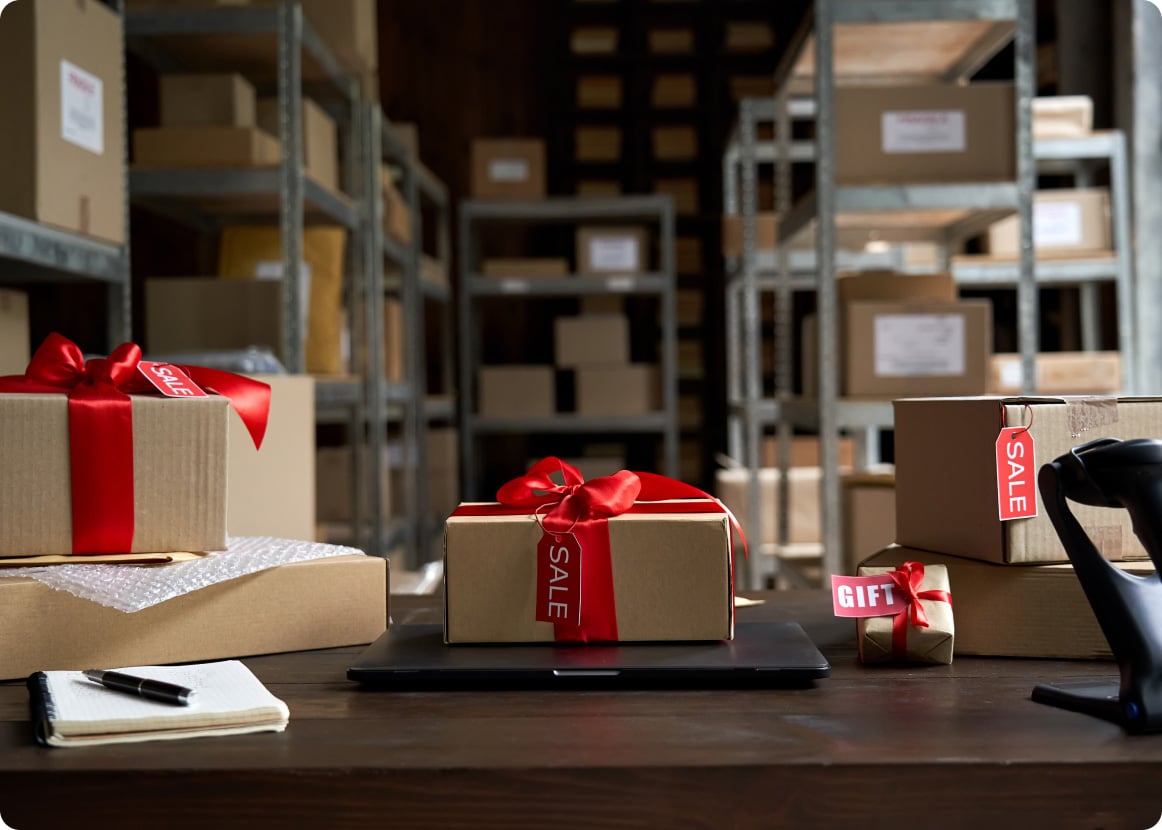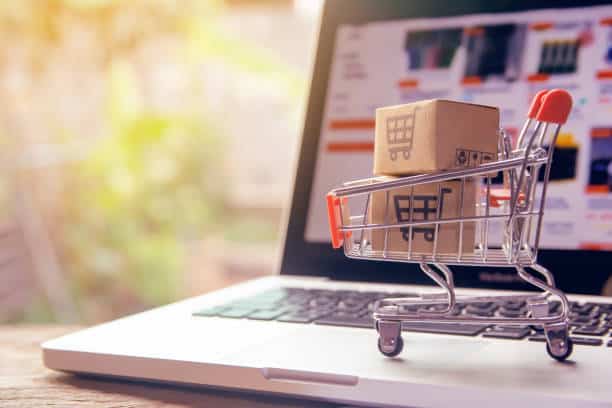E-commerce is one of the few sectors that can boast of unprecedented growth during the pandemic. Internet penetration, digital payments, consumer awareness and access to e-commerce has led to a complete transformation in the way consumers shop today. During the lockdown, consumers turned to this sector as a trusted source of supplies leading to the surge. Experts foresee that e-commerce sales between 2021-2025 to rise at a CAGR of 18.2% to reach Rs. 8.8 trillion ($120.1bn) in 2025. As per their analytics, in 2020, the growth of e-commerce payments increased by 12.2%. In 2021, the estimates suggest a 16.8% growth to reach Rs. 4.5 trillion ($61.5bn). (Source: GlobalData)
Eliminating the Middleman
Shopping online has become a necessity vis-à-vis a convenience, brands are exploring the Direct-to-Consumer (D2C) route to achieve faster order fulfilment. This trend stems from brands wanting to own and control the consumer experience and data, while exploring other profitable models.
Brands want to be able to control the narrative and have control of the end-to-end delivery fulfilments. This approach gives them a chance to orchestrate a customer experience that reflects the brand’s values. 82% manufacturers said that selling directly to consumers improved their customer relationships and 76% reported an improved customer experience by employing the D2C model. (Source: Forrester Research)
Direct selling to consumers is a growing new omni-channel trend and might be the next big thing among retailers.
The Last Mile
Optimised operations by e-commerce players and brands, and strategic distribution locations are becoming crucial to the delivery process. The sore thumb still being – the last mile delivery.
Currently, Intra City logistics including the last mile delivery, constitute for 18% of the $240 billion overall road logistics market. By 2024, the last mile delivery market is set to become a $6 billion profitable market. (Source: Redseer Research Firm)
Companies are exploring new delivery models and technologies to make faster deliveries and increase average weight per parcel. The models should be successful in reducing transit times, moving goods efficiently, controlling costs and offering the best utilisation of resources.
E-commerce retail players are leveraging models like:
- The Marketplace model – Sellers manage the packaging and quality; though retailers don’t stock the inventory. Retailers either store the goods in its main warehouse or the sellers ship their products directly to customers from their own warehouses. Though, this model has been losing popularity.
- The Inventory-led Model – Here, the storage is done at fulfillment centres of the e-retailers, while the inventory is purchased by their in-house buying team. This gives the retailers a better control over quality and service even though this is a capital-intensive model. Online retailers choose this to have visibility over all the processes like inventory management, order management and even fulfilment.
- Fulfilled by e-retailer – A version of the inventory model, where the seller purchase the inventory that is stored in the e-retailer’s fulfilment centres. As a popular model, it ensures packaging and labelling as well as quality checks are handled internally by the e-retailer.
Going Green
The stupendous growth of the e-commerce sector has led to an alarming rise in packaging waste, raising concerns by the public and the government. Only a handful of logistics providers in India associate a profitable bottom line with green logistics. As a major contributor to environmental pollution, there is no easy solution. However, with climate change at the center of all conversations, the government must look at friendly policies and regulations to move towards an eco-friendly industry.
Sustainable lighting solutions can lay the foundation to more eco-friendly warehouses. These solutions include LED lighting, smartly located inventory, alternative sources of energy and energy management systems, electric forklifts, etc. Warehouses are looking at multiple solutions to make their share of the contribution towards the planet. Logistics providers are exploring off-peak hour deliveries to reduce congestion and emissions. Urban freight management by regulating city access, dedicated loading/unloading zones in the city, better integration of intermodal transport and use of EVs for end customer deliveries could be some of the solutions towards protecting our environment.
Only an amalgamation of innovative and sustainable solutions while meeting business demands, backed by a strong technology backbone can be the answer to solving many logistical concerns.



